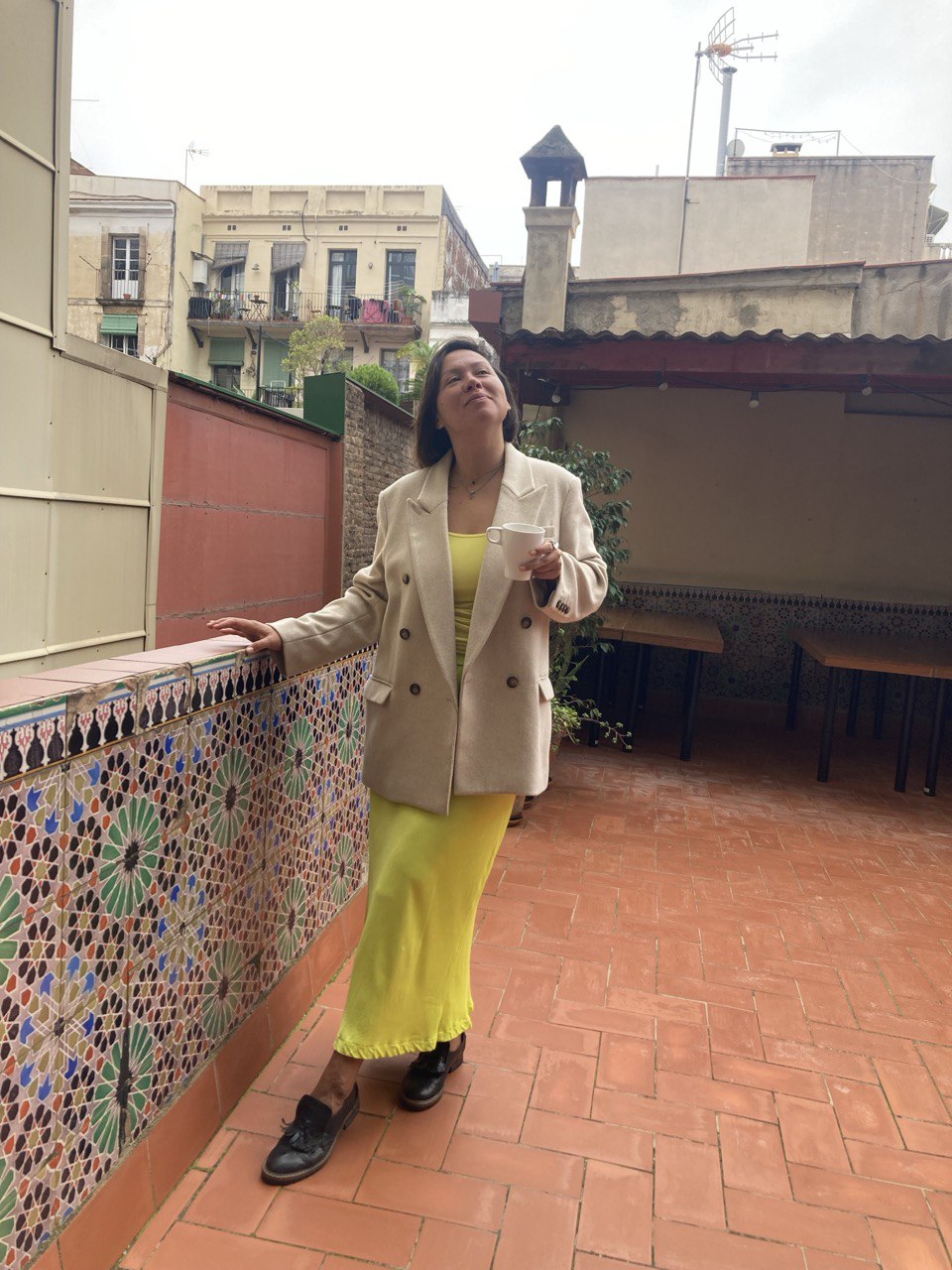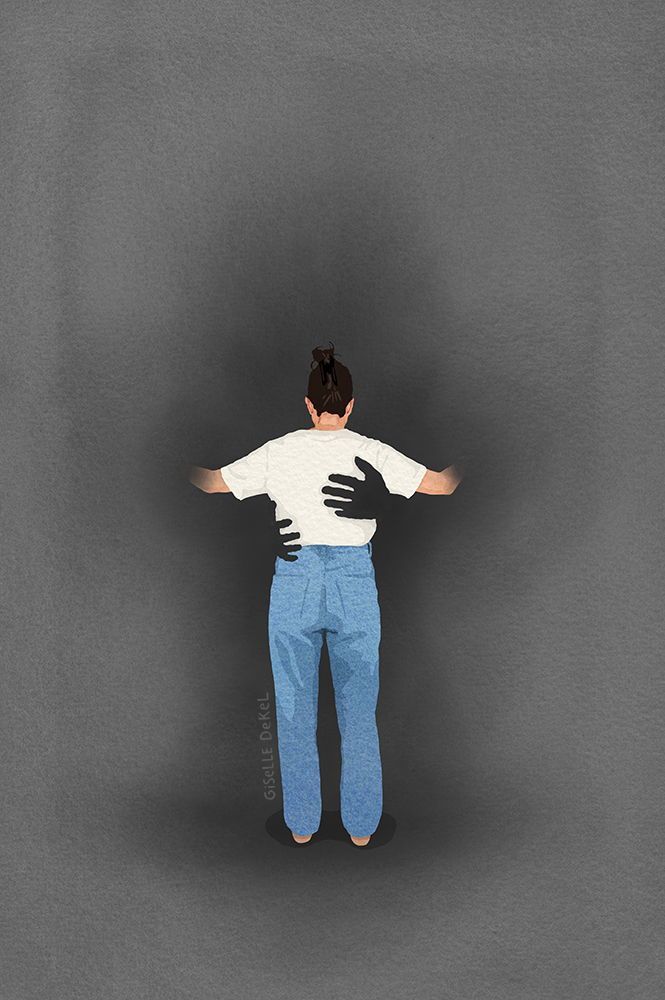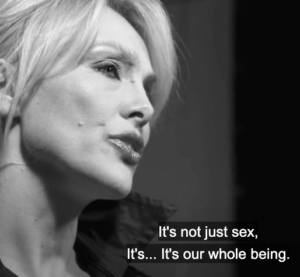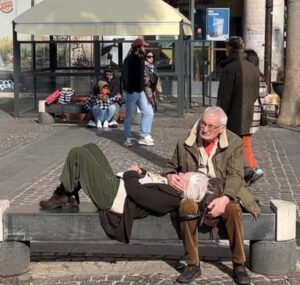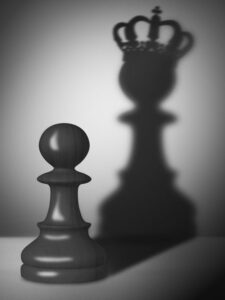Words matter. Advice can help.
But more often than not, what touches us the deepest isn’t what’s said — it’s what’s lived.
When we witness someone who has walked through pain and come out the other side, something lights up inside us. A quiet, steady voice says: “If they could do it, maybe I can too.”
This piece is about how the human mind works, and why someone’s lived wisdom can be more powerful than the most carefully chosen words.
The Mind Is Flexible — We Can Rebuild
The human psyche is remarkably adaptive. We can survive war, grief, betrayal, violence — and one day still find ourselves starting the morning with a warm cup of coffee and a little more ease in our hearts.
Not because the pain vanished, but because we’re wired to change. To adjust. To heal. To engage in emotional recovery.
In my therapy practice, I’ve witnessed people slowly return to life after deeply painful experiences. And again and again, I notice the same thing:
The greatest impact doesn’t come from advice. It comes from someone’s example. It comes from healing stories.
Words Help — But Only Up to a Point
Of course, words matter. They help us make sense of experience, give it shape, let us connect. Advice has its place too. But there are moments — especially when we’re in the thick of pain — when no words really land.
Everything starts to sound generic. Well-meaning advice can feel like someone saying, “Just pull yourself together”, when your whole world is falling apart.
And then — someone shows up.
Not with instructions or pep talks, but just… presence.
They’ve been where you are. They’re not here to fix you. Just to sit beside you. And in that moment, something shifts:
“There’s a way through. I’m not the only one.”
Mirror Neurons and the Whisper of Possibility
There’s actually a science to this. It’s called mirror neurons — the part of our brain that allows us to empathize, to learn by watching, to feel with others.
When we see someone who has gone through what we’re going through — and survived — our brain takes note:
“It’s possible.”
That spark of hope becomes more than just wishful thinking. It becomes a new neural pathway — from stuck to maybe. From numb to alive again.
That’s why support groups, healing communities, and trauma resilience stories matter so much. They create connection. They remind us we’re not alone. They turn someone else’s journey into a quiet form of strength.
Healing Isn’t About Heroics — It’s About Connection
Let’s be clear: this isn’t about dramatic breakthroughs or grand declarations.
You don’t need to stand on a stage and bare your soul to be a light for someone else.
Sometimes, just being honest — messy, imperfect, in-progress — is more than enough.
When you say, “It’s been hard. I’m still healing. But I’m here. I’m breathing. I’m moving forward,” that alone can be healing.
That’s already an example of empathic healing in action.
So What Can We Do for Each Other?
- Be honest about our path. Not performative. Not polished. Just real.
- Offer support, not solutions. Walk alongside — not ahead.
- Notice how others’ stories move us. And say thank you — out loud or silently.
Someone’s Example Is an Invitation Back to Life
When we witness someone take a step toward healing, our mind whispers, “It’s possible.”
And that changes everything.
Not because the pain disappears — but because we no longer carry it alone.
Because now, there’s connection.
And where there’s connection, there’s always a path — back to ourselves.
If any of this resonates — I’m here.
With warmth,
Ksenia Trefilova
